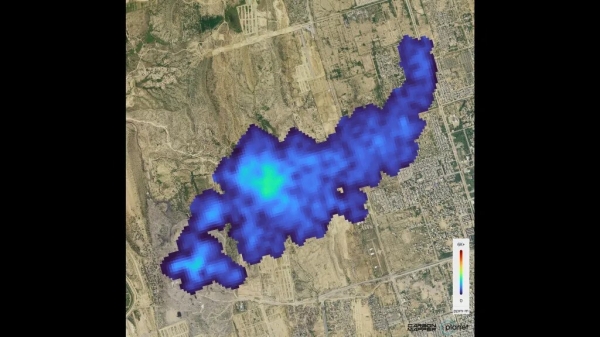Using data from an instrument designed by NASA’s Jet Propulsion Laboratory in Southern California, the nonprofit Carbon Mapper has released the first methane and carbon dioxide detections from the Tanager-1 satellite. The detections highlight methane plumes in Pakistan and Texas, as well as a carbon dioxide plume in South Africa.
The data contributes to Carbon Mapper’s goal to identify and measure greenhouse gas point-source emissions on a global scale and make that information accessible and actionable.
Enabled by Carbon Mapper and built by Planet Labs PBC, Tanager-1 launched from Vandenberg Space Force Base in California on Aug. 16 and has been collecting data to verify that its imaging spectrometer, which is based on technology developed at NASA JPL, is functioning properly. Both Planet Labs PBC and JPL are members of the philanthropically funded Carbon Mapper Coalition.
“The first greenhouse gas images from Tanager-1 are exciting and are a compelling sign of things to come,” said James Graf, director for Earth Science and Technology at JPL. “The satellite plays a crucial role in detecting and measuring methane and carbon dioxide emissions. The mission is a giant step forward in addressing greenhouse gas emissions.”
Read more at NASA
Image: On Sept. 19, the imaging spectrometer on the Carbon Mapper Coalition's Tanager-1 satellite detected this methane plume in Karachi, Pakistan, extending nearly 2 1/2 miles (4 kilometers) from a landfill. The spectrometer was designed at NASA JPL. (Credit: Carbon Mapper/Planet Labs PBC)
Sci/Tech Pollution Top Stories
